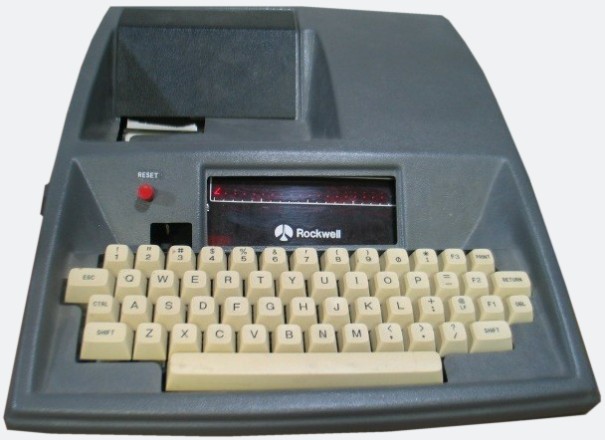
The Rockwell AIM 65 was a development computer introduced to the market back in 1976. The AIM acronym stood for Advanced Interactive Microcomputer and the 65 denoted the first two numbers of the 6502 MOS Technology microprocessor that the Rockwell AIM 65 was based upon.
Rockwell were well known for their defense contracts in helping to build aircraft that fought in World War 2, The Korean War and even for the Apollo spacecraft and Space Shuttle programs. They however weren’t so well known as a microcomputer developer which is why this foray into the computer market didn’t last too long.
Although the Rockwell was based on the same 6502 architecture that was inherent in both the MOS KIM-1 and Synertek SYM-1, the Rockwell AIM 65 was slightly more advanced than both of these machines. As these two systems were the Rockwell’s immediate competition in the mid 1970’s the AIM 65’s enhanced feature set gave it an advantage the other two 6502 systems didn’t have.

The Rockwell AIM 65 couldn’t compete on price as it came in at $500 which was around twice the price of both the KIM-1 and SYM-1. Out of the box the system came complete with an LED display, full sized keyboard and an onboard thermal printer which was extremely rare at the time and set it apart from the competition.
The AIM 65 came in two variations, firstly as a bare bones system that had no physical casing the second version was enclosed and had a more desktop computer feel to it. A number of different cases became available for the AIM 65 from one piece solutions to two piece variations. All versions exploited the unique printer that made the system look like an old fashion cash register.
The documentation that came with the Rockwell AIM 65 listed out potential uses for the machine to highlight just how versatile the unit actually was. These were listed as follows: alarm logger, data acquisition, data logger, energy monitor, factory data collector, instrument controller, motor controller, navigation controller, power line monitor, security monitor, solar heating controller and transformer controller.
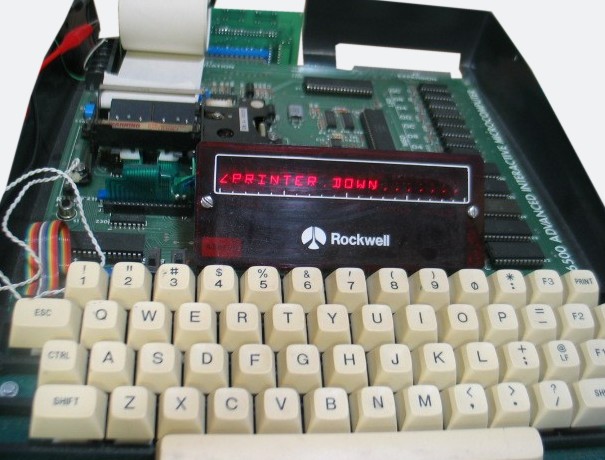
The Rockwell AIM 65 came with either 1K or 4K of RAM onboard, there were 5 ROM sockets of which 2 were used for the Monitor and Text editor. The 3 remaining free ROM sockets were used for program installation such as BASIC, FORTH, PASCAL or an assembler.
The AIM 65 was able to connect with external peripherals such as audio cassette recorders which the Rockwell could use as a means of storing data. As the AIM 65 was capable of dual cassette control it was able to have large assembly language programs written and stored. It managed to achieve this by incrementally starting and stopping the tapes as the code was typed and then transferring it from one tape to the other.
By the early 1980’s Rockwell released a higher specification model with a 40 character LED display called the AIM-65/40. Rockwell also released the Microflex 65 which was an expansion box that allowed higher specification chips or peripherals to be attached to the AIM 65.
I received a message from a visitor with the following information:
“By the early 1980’s Rockwell released a higher specification model with a 40 character LED display called the AIM-65/40. Rockwell also released the Microflex 65 which was an expansion box that allowed higher specification chips or peripherals to be attached to the AIM 65.
The AIM 65/40 had a 40 character vacuum fluorescent display. The Microflex 65 line also included a CPU card that allowed it to be used in embedded applications whereas the AIM 65 was used with it as a development system.”
Thanks for the info!
The AIM 65 is very collectible today and prices range from about $150.00 for a bare board AIM 65 up to $300.00 for one with a case and functional printer.
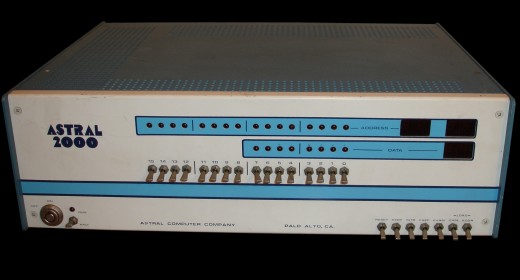
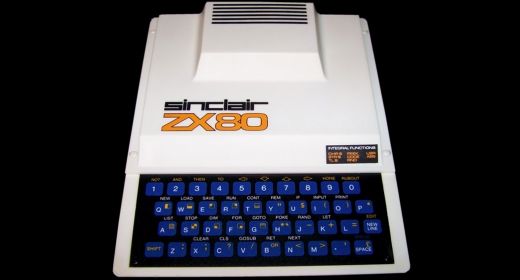
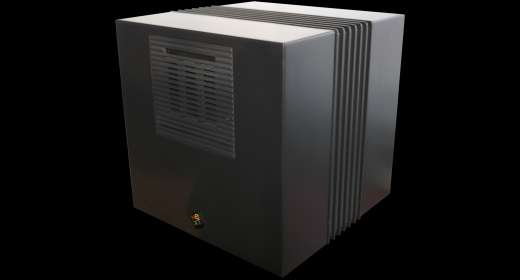
looking for AIM-65 case (shell)